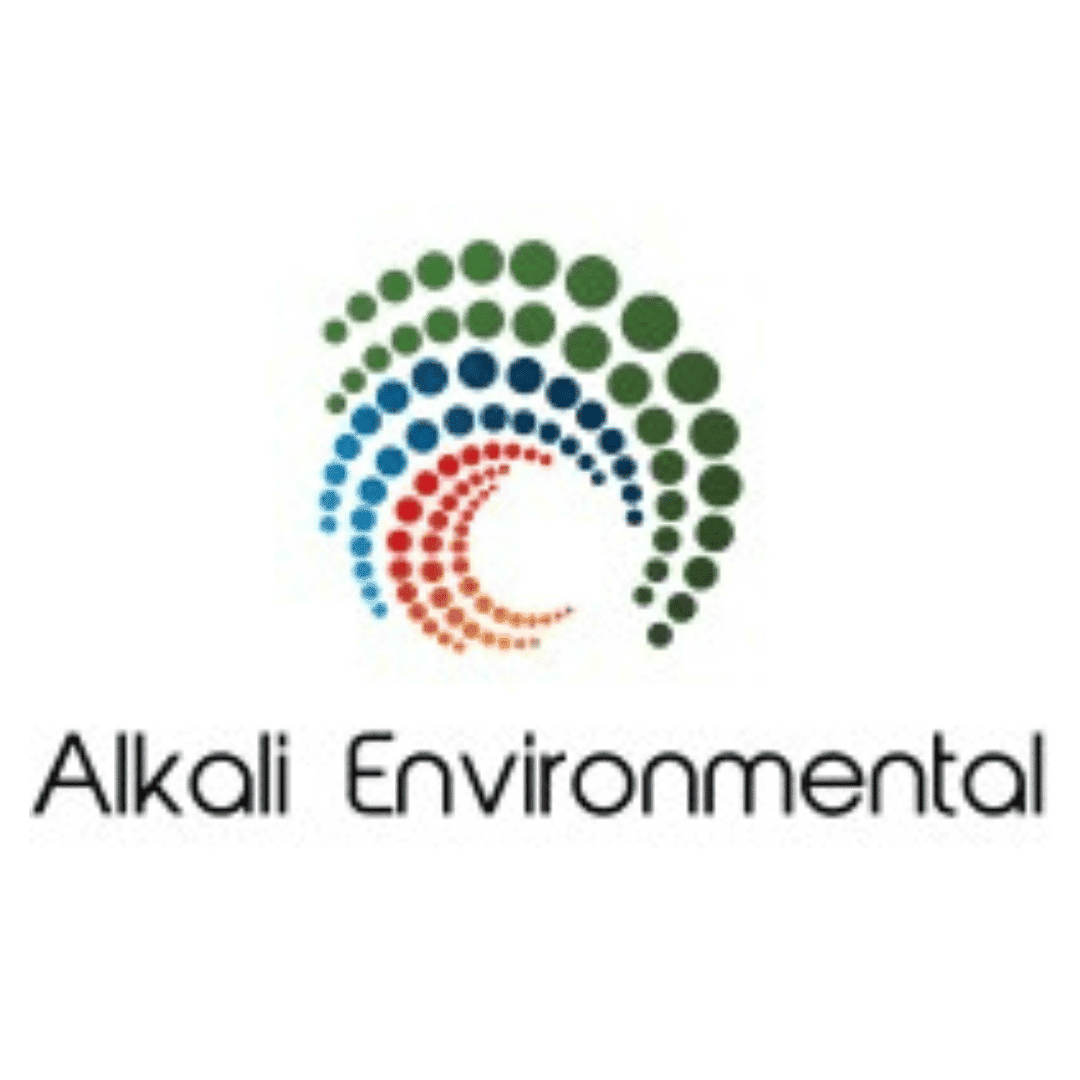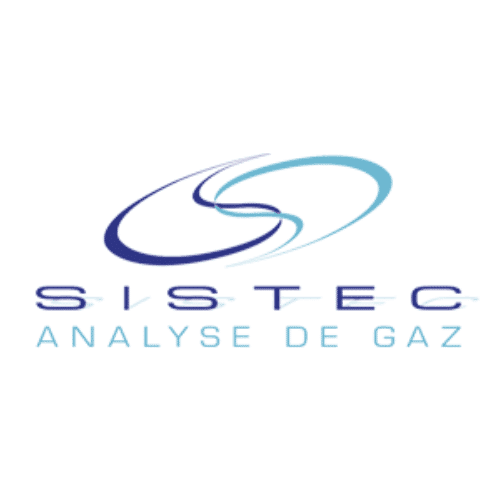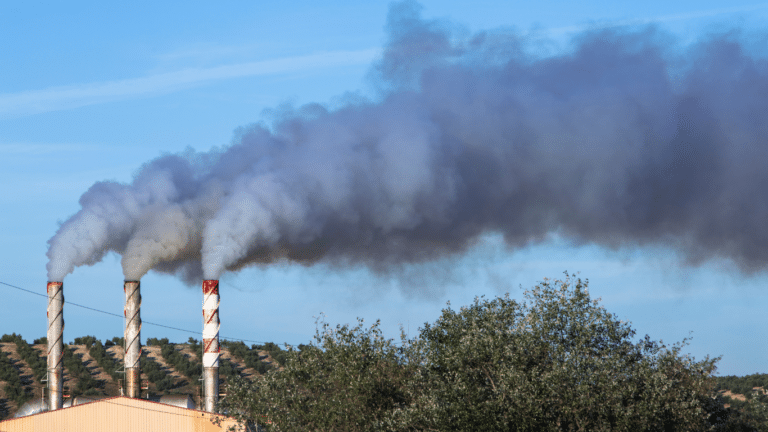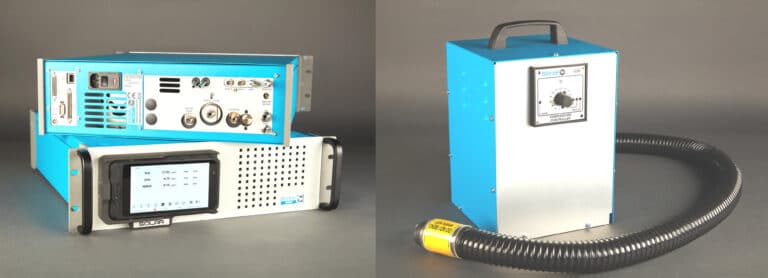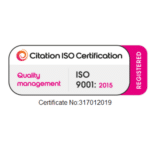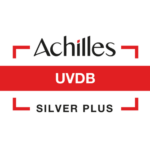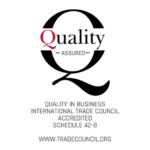As a developer and manufacturer of gas analysers since 1977, Signal Group staff possess a high level of knowledge in the sampling and analysis of gases in industrial processes and emissions. The company is therefore able to help in the development of international test standards, and was recently invited to give a presentation on chemiluminescence gas analyzers to the SAE E-31 Aircraft Exhaust Emissions Measurement committee.
Signal Managing Director James Clements travelled to Germany in response to an invitation from the committee to deliver a presentation on the measurement of engine emissions. Specifically, James was asked to discuss the advantages of hot vacuum chemiluminescence in comparison with cold non-vacuum chemiluminescence and other techniques.
Heated vacuum chemiluminescence is the reference method for monitoring NOx (combined NO and NO2), and James described the advantages of this technique in comparison with others. In particular, he explained that chemiluminescence under vacuum offers higher sensitivity with minimal quenching effects, and a heated reaction chamber facilitates the processing of hot, wet sample gases without condensation. The detection method is continuous with a fast response time making it ideal for real-time reporting applications.
Over 1,800 SAE standards are used in the development of a typical aircraft, helping to improve product performance and safety; promote global market acceptance of new technologies; reduce costs; and decrease time to market. The SAE E-31 Aircraft Exhaust Emissions Measurement committee addresses all facets of aircraft exhaust emissions measurement – tools, methods, processes, and equipment. It is responsible for standardizing measurement methods of emissions from aircraft, including isolated combustor systems. The group is comprised of four subcommittees dedicated to creating, preparing, and maintaining all relevant specifications, standards, and requirements for aircraft exhaust emissions measurement.
Following the presentation, the committee will decide which method would be ideal for NOx measurement (hot-wet, or cold-dry chemiluminescence) and include it in the next standard for aircraft engine emissions measurement. James was also invited to join the committee and to take part in future discussions.

